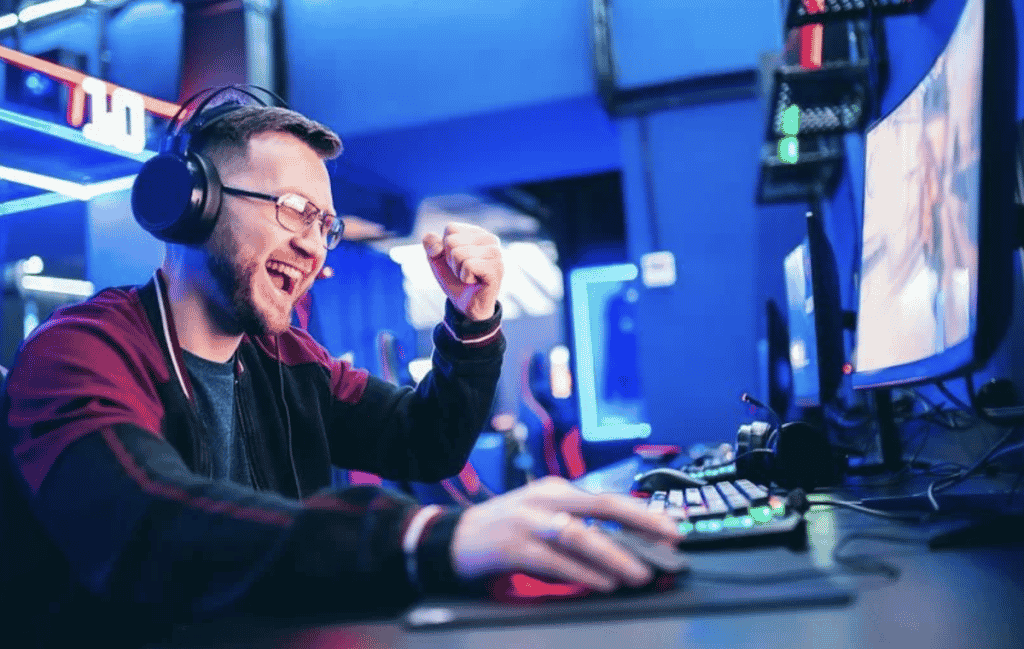Gaming is fun and engaging. It is a good pastime, and you can go on for hours playing games without even knowing that so much time has passed. However, gaming can sometimes be problematic, too. The World Health Organization has included “gaming addiction” as a form of addiction and as a mental health concern, too. Because of these concerns, teenagers and adults alike, including students, must understand the addictive nature of gaming and be provided with tools to fight these harmful impacts.
Finish schoolwork first
Excessive gaming can be a hindrance in completing schoolwork. An unfinished assignment due to too much playing games can lead to cramming and a dip in the quality of student schoolwork and their overall quality of learning. This can include anywhere from mobile gaming, console or PC gaming, going to igaming sites to play games or any other form of digital gaming.
To help combat this, parents can have an agreement with their children regarding gaming time and hours. Gamin can be allowed, but only after schoolwork and other important tasks are finished and no other necessary to-dos are kept pending.
Sleep…you need it
Many teenagers choose to play video games in the evening. There are at least 2 out of 10 teenagers who are still up gaming beyond 9 in the evening. Staying up all night to play games has been associated with sleep problems, such as daytime sleepiness, or decreased productivity and attentivity in the morning.
This can lead to a serious case of constant sleep deprivation. For extended periods, sleep deprivation can have a significant negative impact on the ability of a student to concentrate, retain information, and be able to study overall.
Set a time limit for yourself
Students must manage their time so that they do not spend all of their time gaming. Students can efficiently manage their time by creating a timetable of their to-dos, including gaming hours.
For example, they can either set a daily gaming limit, a weekly one, or even a monthly one. Still, both parents and students should remember that no matter how good the plan is, it all ends up in how they execute it and how much they can stick to it. Thus, the key is a combination of good planning and strict discipline.
Play only one game at a time
Imposing a gaming schedule on students, especially younger ones, can be a difficult task. However, if you decide to limit your gaming time, you can try assigning a specific day only for a specific game. However, avoid doing this in one big swoop.
Changing excessive gaming habits can take time. Reduce the number of games you play each day gradually, and finally, lead to the goal of only playing one game per day. The challenge in this method, however, is the fact that playing only one game means a lot of free time and thus more temptation to either play more or play another game. Again, discipline is the key.
Avoid gaming alone
Playing alone in a secluded room can lead to a loss of focus on the gaming hours spent. This leads to unmanaged gaming time, and eventually, excessive gaming that can lead to gaming addiction. Whenever possible, try playing games where other family members can have access to you, so that they can remind you in case you end up spending too much time and missing out on important tasks.
Be active or go outside
Kids mustn’t prioritize gaming above exercise, as it can have several negative health effects on them. Experts agree that being active through regular exercise is a good way to improve your well-being, your mood, and your self-esteem as well.
Final thoughts
Gaming, like most things, is generally best done in moderation. Done right, it can even help improve critical thinking, decision-making, attention, and focus. There are certain strategies students and parents can employ to help battle gaming addiction such as control, being more physically active, and limiting gaming hours.

